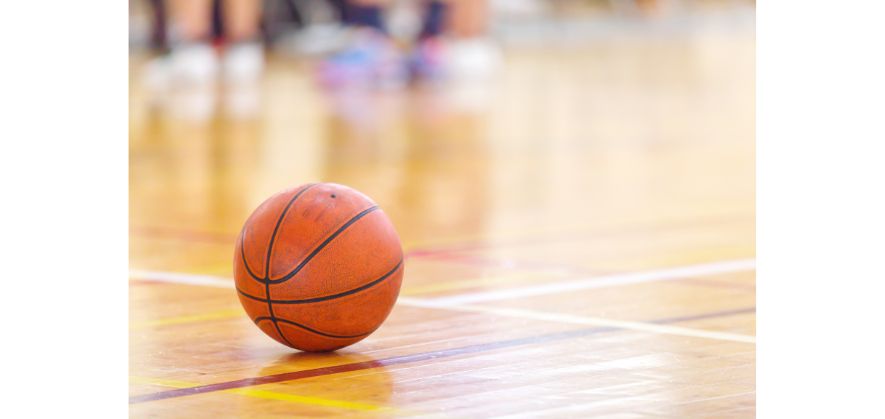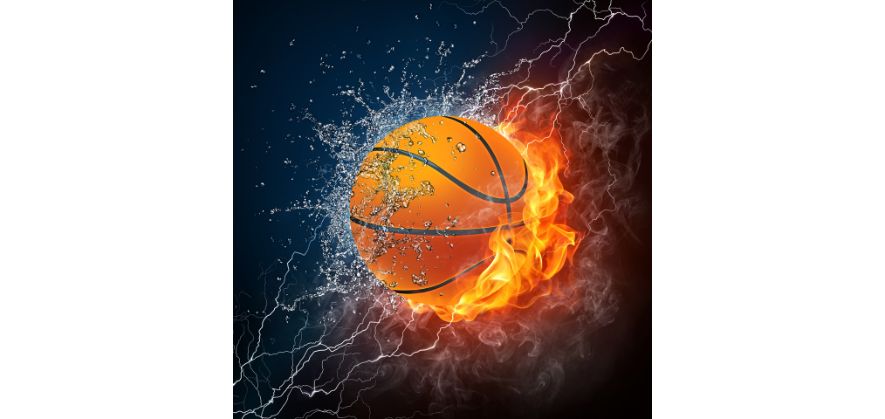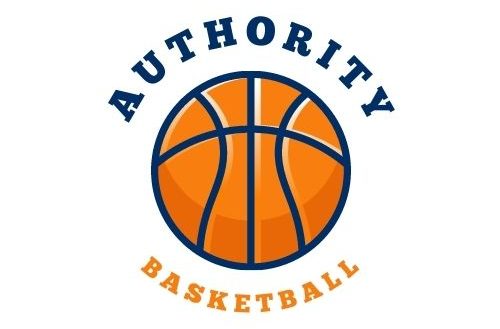Have you ever picked up a basketball only to find that it’s not completely round and smooth like you expected it to be?
If so, you’re not alone.
Many basketball players and coaches have noticed that their basketballs can develop small, raised bumps or lumps over time.
But what causes these lumps on basketballs and how can they be prevented or fixed?
Have a read of this very article to find out!
The science behind basketball lumps
Basketballs are made of rubber or synthetic rubber, which is a type of elastic polymer.
Polymers are made up of long chains of molecules that can stretch and deform when subjected to external forces.
When a basketball is inflated and played with, it is subjected to a lot of forces such as bouncing, throwing, and dribbling.
These forces can cause the rubber molecules in the ball to stretch, bend, and shift slightly out of place.
As the ball is used, the rubber molecules can start to rearrange themselves in a way that creates small, raised areas on the surface of the ball.
These raised areas are what we perceive as lumps or bumps on the ball.
Factors that can affect the formation of lumps on a basketball
There are several factors that can affect the formation of lumps on a basketball.
Let’s now take a look at each one in turn.
1. Type of surface the ball is played on

The surface that the ball is played on can have an impact on the formation of lumps.
Hard surfaces such as concrete or asphalt can be more abrasive and cause the ball to wear down faster, leading to the formation of lumps.
Softer surfaces such as wood or synthetic gym floors may be less abrasive and result in fewer lumps.
2. Quality of the basketball itself

The quality of the ball can also play a role in the formation of lumps.
Cheaper, lower-quality balls may be more prone to developing lumps because they are made with lower-quality rubber or are not as well constructed.
Higher-quality balls that are made with better rubber and construction may be less likely to develop lumps.
You’ll definitely want to go with the finest Spalding basketballs or the best Wilson basketballs if you’re looking for a ball solution that will withstand the test and wear that comes with playing time.
3. Temperature and humidity

The temperature and humidity of the environment where the ball is played can also affect the formation of lumps.
In very cold or very hot and humid environments, the rubber in the ball may become more prone to deforming and forming lumps.
4. Frequency and intensity of ball use
The frequency and intensity of use of the ball can also affect the formation of lumps.
A ball that is used frequently and subjected to a lot of intense play may be more likely to develop lumps than a ball that is used less often and subjected to less intense play.
How to prevent or fix basketball lumps
There are a few things that you can do to prevent or fix basketball lumps.
- Choose a high-quality ball: As mentioned above, higher-quality balls are less likely to develop lumps because they are made with better rubber and construction. Investing in a high-quality ball can help to prevent lumps from forming.
- Store the ball properly: Storing the ball properly can help to prevent lumps from forming. When not in use, store the ball in a cool, dry place with a consistent temperature and humidity. Avoid storing the ball in very hot or very cold environments, as this can cause the rubber to deform.
- Inflate the ball to the correct pressure: Inflating the ball to the correct pressure (i.e. roughly 8 pounds per square inch for your standard game ball) can also help to prevent lumps from forming. Overinflating or underinflating the ball can cause the rubber to stretch or deform, which can lead to the formation of lumps. Make sure to check the recommended pressure level for the ball and use a high-quality air pump or needle to inflate the ball to the correct level.
- Use a ball maintenance kit: There are various ball maintenance kits available that can help to fix and prevent lumps on basketballs. These kits typically include a ball-scuffing pad and a rubber rejuvenator solution. The ball-scuffing pad can be used to gently rub away any lumps on the ball, while the rubber rejuvenator solution can be applied to the ball to help restore the rubber and prevent lumps from forming.
Final thoughts
Basketballs can get lumps due to the stretching and deforming of the rubber molecules in the ball as it is subjected to external forces.
The type of surface the ball is played on, the quality of the ball, the temperature and humidity of the environment, and the frequency and intensity of use can all affect the formation of lumps.
To prevent or fix lumps on a basketball, choose a high-quality ball, store the ball properly, inflate the ball to the correct pressure, and consider using a ball maintenance kit.
If you’ve not had enough of reading through the blog, then you’re very welcome to have a look at some related content pieces on our website, such as:
- The reasons why basketballs lose air pressure;
- What basketballs smell like;
- Why basketballs bounce;
- Why modern basketballs have tiny dots on them; and
- Why basketball hoops have nets attached to them
- The Most Popular Prop Bets Made During the NCAA Final Four Tournament - February 9, 2024
- Evaluating the Enigma: Does LeBron James Possess a No-Trade Clause? - May 16, 2023
- Gravity’s Dance: Unveiling the Art of Bouncing Basketballs - May 16, 2023

